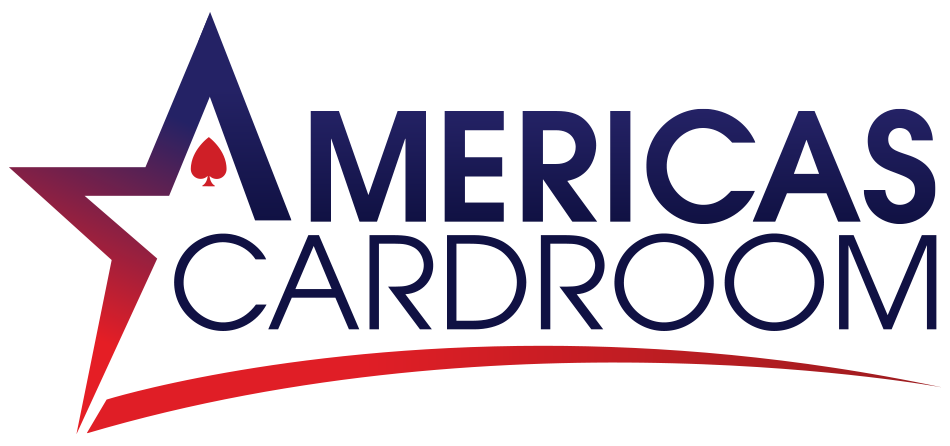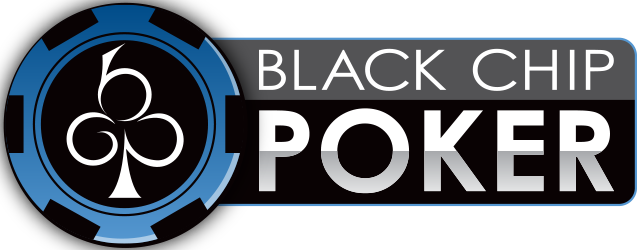How to Play 7-Card Stud
Recommended Poker Sites April 2025
| 1. |  |
Ignition |  |
 |
n/a | Ignition |  |
|
| 2. |  |
Bovada |  |
 |
n/a | Bovada |  |
|
| 3. |  |
BetOnline |  |
 |
n/a | BetOnline |  |
|
| 4. |  |
Intertops |  |
 |
n/a | Intertops |  |
|
| 5. |  |
Sportsbetting |  |
 |
n/a | Sportsbetting |  |
|
| 6. |  |
America’s Cardroom |  |
 |
n/a | America’s Cardroom |  |
|
| 7. |  |
Blackchip Poker |  |
 |
n/a | Blackchip Poker |  |
Must be at least 18 to open a new account
Seven Card Stud is normally played with fixed-limit betting, but it can also be played in pot limit. Some poker rooms offer a no limit version, but that isn’t really a popular way to play 7 Card Stud. There is also a spread limit variant which is interesting. I’ll explain how that works at the bottom of this page.
The game begins with a small ante from all players at the table and each player is dealt two cards face down and one card face up.
The idea of the game is that players will each get dealt 7 cards, some face up and some face down, with some betting rounds in the process. You win by when everyone else folds, or by having the best hand at the showdown.
7 Card Stud Ante
Seven Card Stud is frequently played with an ante which is an amount every player must pay when starting a hand. For instance, you’ll often see a $0.50 ante in a $5-$10 limit game. Different stakes games have different antes and the ante is usually between 10% and 25% the value of the big blind. Each poker room has their own rules on how antes are calculated.
7 Card Stud Betting Rules
3rd street
Once the ante is paid, everyone is dealt two cards face down (hole cards) and one card face up. The person with the lowest face up card must “bring in” and is forced to bet half the small bet. This player has the option to just call and invest the full minimum bet, or to raise. The next player then gets to call, raise, or fold. Calling means bringing in the amount of the minimum bet, not calling the “bring in” (the “bring in” is half the minimum bet). Then subsequent players get to act one after the other. If you are playing the fixed limit version, there may be raise caps so in a three-raise limit game, there can only be up to three raises per betting round.
4th street
Each active player is dealt a new card face up. There is a second round of betting. Usually, the person with the best exposed hand begins the betting.
5th street
Another face up card is dealt to each player, followed by another betting round. At this stage, the minimum bet doubles. So in a $5-$10 game, the minimum bet for 3rd and 4th street was $5. Now the minimum becomes $10 for the rest of the hand.
6th street
Another face up card is dealt to each player, followed by another betting round.
7th street
Each player is dealt one last card face down, followed by the final round of betting, followed by the showdown.
7 Card Stud Winning Hand
The best individual 5 card hand wins (out of your own seven cards).
Rules for playing with the spread limit variant
In a spread-limit game, a player can bet any amount within a predefined range. For example, in a $5-$20 spread limit game, the minimum any player can bet is $5, and the most anyone can bet or raise at one time is $20. Anyone wishing to raise must do so by an amount equivalent to the current bet or higher, up to the maximum amount allowed in the spread. For example, if a player raises to $10, the next player to raise must raise by at least $10 additional dollars, or more (up to $20 in this example since that is the maximum raise amount).
7 Card Stud Hi-Lo
In 7 Card Stud hi-lo (or High Low) the pot can be split between the player with the best hand and the player with the worse hand. In order for this “split” to happen, the low hand must be legal(eight-high or lower to qualify). To qualify for low hand, a player must be able to play an 8-7-6-5-4 or lower. This is the game is sometimes called “7 Card Stud eight-or-better”, or simply “7 Card Stud/8”. A Straight isn’t counted as in low hands. Theoretically, a player could have both the best high hand and low hand with a straight. For example, 4-5-6-7-8 counts as a low hand (no pairs, no card higher than 8) and counts as a high hand as a straight. If none of the high hands beat this straight, and none of the low hands are worse, then this player would earn the full pot. When there are no legal low hands, then the full pot goes to the player with the highest hand.




